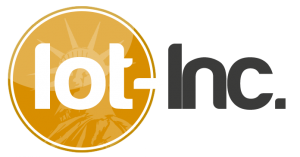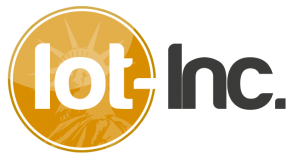11 Feb It Takes a Village… and the Right Business Model
GE considers the opportunity of extracting value from industrial Internet data so great that it has changed big parts of its business to take advantage of it. At the heart of this transformation are business models more directly aligned with their customers’ business objectives and a new, more inclusive partnership approach to delivering value.
Watch this video (or read the transcript) to hear Dave Bartlett describe why an IoT platform and ecosystem are required to provide the collaborative framework needed to enable multiple companies to jointly provide the outcomes that customers find most valuable ...














